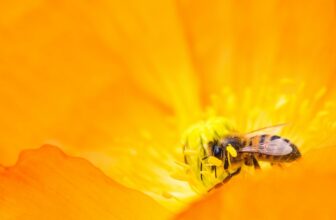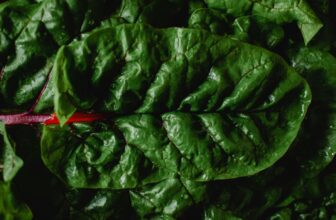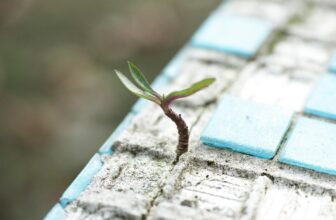Dandelion and Dandelion Foraging in Urban Areas: Tips, Uses, and Interesting Facts
Dandelion is a common wildflower that grows in many areas, including urban environments. Despite being considered a weed by many people, dandelions have a long history of medicinal and culinary use.
In this article, we’ll discuss how to recognize dandelions, their common uses, and other interesting facts about these plants.
How to Recognize Dandelions
Dandelions are easy to recognize, with their bright yellow flowers and distinctive seed heads. Here are some tips for identifying dandelions:
- Leaves: Dandelions have long, toothed leaves that grow in a rosette pattern close to the ground.
- Flowers: The bright yellow flowers of dandelions are made up of many small petals, arranged in a circular shape.
- Seed heads: When the flowers of dandelions have finished blooming, they produce distinctive seed heads. These seed heads are made up of many fluffy white “parachutes,” which carry the seeds in the wind.
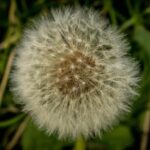
Common Uses of Dandelion
Dandelions have a long history of use in both medicine and culinary arts. Here are some of the most common uses of dandelions:
- Medicinal use: Dandelions have been used for centuries in traditional medicine to treat a variety of ailments, including digestive issues, skin problems, and inflammation. Dandelion roots are great for making tea or tinctures, while dandelion leaves for salads.
- Culinary use: Dandelions are edible, and their leaves, flowers, and roots are amazingly suitable for cooking. Dandelion leaves have a slightly bitter taste and are often used in salads or sautéed as a side dish. Dandelion flowers are great for making wine or syrup. You can use the roasted dandelion roots as a coffee substitute.
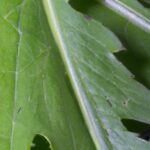
Foraging for a Dandelion in Urban Areas
Dandelions are a common sight in urban areas, often growing in parks, abandoned lots, and other public spaces. Here are some tips for foraging for dandelions in urban areas:
- Choose a clean area: When foraging for dandelions in urban areas, make sure to choose a clean area, away from busy roads or other sources of pollution.
- Harvest young leaves: The best time to harvest dandelion leaves is in the spring when they are young and tender. Look for leaves that are not too large and have a bright green color.
- Harvest flowers and roots: It is best to harvest dandelion flowers and roots in the fall after the plant has finished blooming. Look for flowers that are fully open and have not yet started to produce seed heads. In addition, when harvesting roots, make sure to dig deep enough to get the entire root.
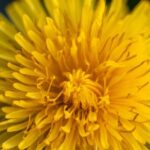
Interesting Facts about Dandelions
- Dandelions are a good source of vitamin A, vitamin C, and potassium.
- Dandelions are not native to North America.
- Most people consider dandelions a weed because they can grow in a variety of environments.
- The name “dandelion” comes from the French phrase “dent de lion,” which means “lion’s tooth” and refers to the plant’s toothed leaves.
Dandelions are a common plant in urban areas with many traditional medicinal and culinary uses. If you want to know more about the foraging of dandelions, make sure to choose a clean area and harvest leaves in the spring and flowers and roots in the fall.

